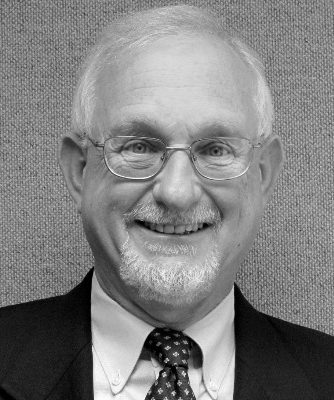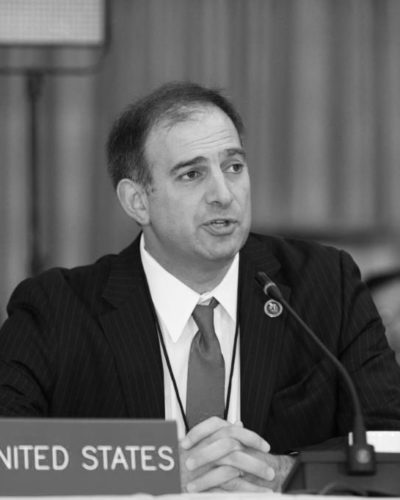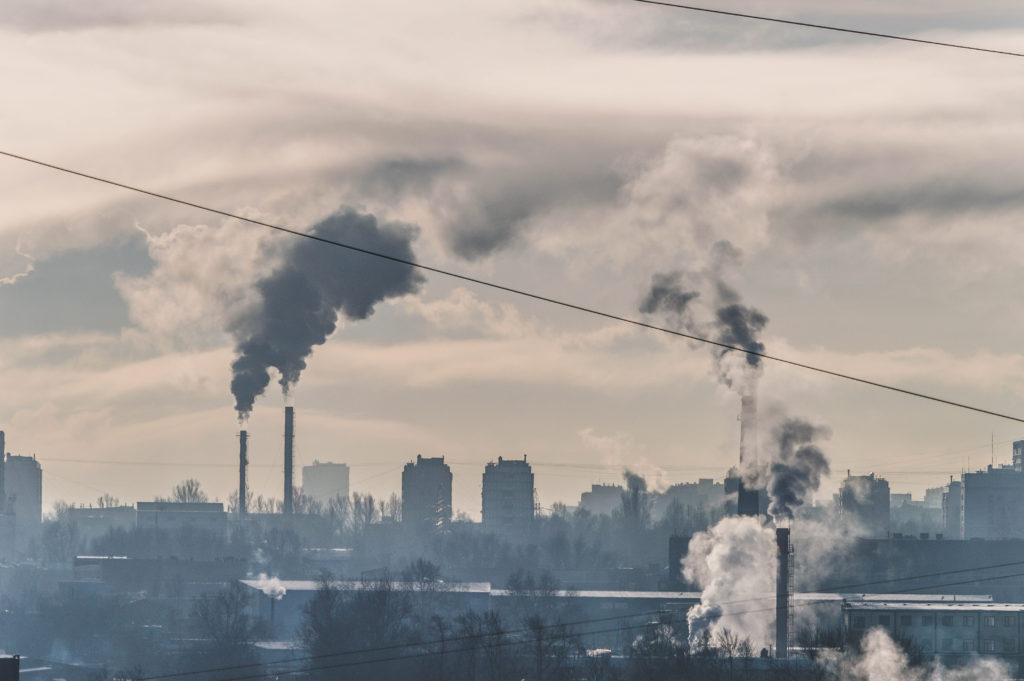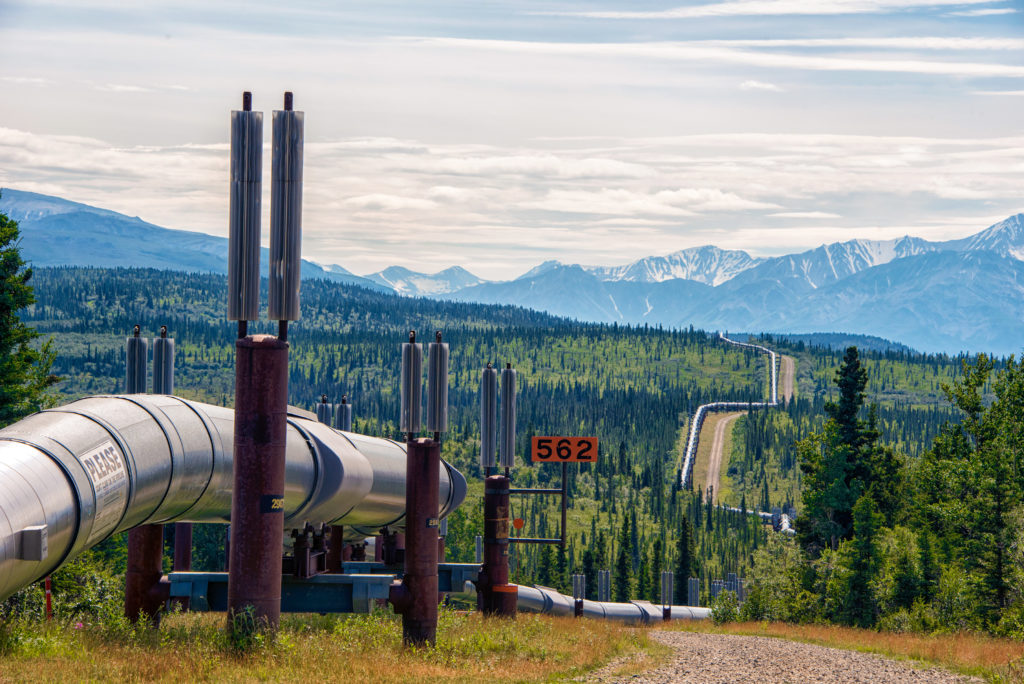Episode Transcript
Dr. Julio Friedmann:
There’s lots of options for power generation. There’s renewables. There’s hydro there’s nuclear, there’s biogas. There’s all these things that you can do. If you look at a steel mill, there’s very few things you can do. If you change your price by a couple of percent, you lose all your market share…In that context, carbon capture is the cheapest and in some cases, the only way to reduce those emissions.
Climate Now Host, Dr. Ozak Esu:
The industry sector currently produces about 12.7 gigatons of CO2 equivalent per year. That’s 26% of all greenhouse gas emissions. And about a fifth of those emissions are industrial by-products that cannot be reduced by a shift to low-carbon energy inputs. As more nations industrialize, these emissions are only going to increase. So how can we reach net-zero emissions, if there are some emissions we can’t realistically get rid of? Carbon Dioxide Removal, or CDR, is the proposed solution.
In our CDR overview video, we summarize different natural and technological removal techniques, which could help offset our greenhouse gases emissions.
This technology: Carbon Capture and Storage, or CCS, has two parts. First, carbon is captured by either directly pulling CO2 from the air or from a point of emission, like a smoke stack. Then, the captured CO2 is stored in an underground geologic formation, out of contact with the atmosphere.
In this video, we are going to explain how carbon capture works, and its anticipated CO2 removal capacity and cost. In a follow-up video, we will discuss how you can store that CO2 once it’s been captured (CDR: Carbon Capture and Storage Part II).
Believe it or not, we’ve actually had the technology to offset industrial emissions for nearly 50 years. The problem is that there hasn’t been an incentive to use it. But that may be changing soon.
Dr. Howard Herzog, one of the pioneers in carbon capture technology, sat down with us to discuss the origins and the mechanics of this technique.
Dr. Howard Herzog:
So originally we were looking at capturing CO2 out of power plants, particularly coal fire power plants because, 30 years ago that really dominated the landscape, in most of the world, including the United States here. Um, and there was a way you could reduce their emissions. So what you would do is…. instead of sending the flue gas up the chimney, you would process it through a plant that could take the CO2 out of the flue gas. Then you put the carbon-free flue gas up and you take the CO2 and you compress it and turn it into a liquid-like thing. And you put it into deep geologic formations.
Dr. Herzog is describing Point Source Capture, which means filtering CO2 directly from an emissions source. Typically, this means fitting power plants, chemical plants, and other industrial processes with scrubbers that remove most CO2 emissions before they can be released into the atmosphere.
Dr. Howard Herzog:
The primary method today is what we call scrubbing. And it could be either chemical or physical scrubbing depending on the concentration. But, say from a power plant, you would put it into a big tower and you would contact it with a solvent. And the solvents used today are basically weak bases. CO2 is a weak acid. So you have a reaction where the CO2 will be grabbed from the air to react with the base and go into the solvent. Then you have a second tower where you release it, usually by elevating the temperature, sometimes by reducing the pressure, and then you recycle the salvage. You have the CO2 where you can now compress it, put it in a pipeline and take it to where you need to store it.
The first point-source carbon capture operation began in 1972 in a natural gas and hydrogen production plant in Val Verde, Texas. At the time, there was no large-scale use of pure CO2 gas, or any policies to limit emissions, so until someone figured out what to do with the CO2, there was no reason to capture it. At Val Verde, they found a use. But not one you would typically associate with atmospheric carbon removal. The CO2 captured from the Val Verde plant was compressed and transported through the first large-scale, long distance CO2 pipeline to the Texas oil fields hundreds of kilometers away. There, it was pumped into layers of sedimentary rock to help push out oil trapped in the ground in a technique called enhanced oil recovery.
This was profitable enough that carbon capture technology caught on. Scrubbers have been designed to capture CO2 from a variety of industrial and power generating emissions.
But it was another two decades before carbon capture was seriously discussed as a technique to reduce atmospheric CO2. And it wasn’t until 1996 that Statoil captured CO2 from its natural gas processing plant and sequestered it in a layer of sandstone 1000 meters below the Norwegian seafloor, for the purpose of reducing greenhouse gas emissions.
The motivation? Norway had introduced a carbon tax.
Currently, there are 28 commercial carbon capture facilities operating globally.
All together, these facilities capture about 40 million tonnes of CO2 per year. That’s only 0.1% of annual emissions by the energy and industry sectors. So to be effective, carbon capture will need to be scaled up. A lot.
How do we accomplish this? Well, either the price of emitting CO2 into the atmosphere needs to go up, or the cost of capturing it needs to go down. Or both.
The current cost of capturing CO2 ranges from about 15 dollars per tonne of CO2 to as much as 120 dollars per tonne. In general, the more CO2 that is concentrated in a gas, the cheaper it is to capture.
Dr. Howard Herzog:
Some plants like an ammonia plant or an ethanol plant will put out pretty pure CO2. Uh, a cement plant, maybe CO2 with 30%, uh, uh, percent CO2 in the flue gas. A coal fire power plant, maybe, uh, 10 to 15%, natural gas, 5%.
Driving down these costs is kind of a catch-22 situation. The most effective way to reduce the cost of carbon capture technology is to scale up production — something very few companies will want to do while costs are so high.
Progress is being made, with the help of government subsidies: installing a CO2 scrubber at the Petra Nova coal-fired power plant in 2017 was nearly half the price of the Boundary Dam plant scrubber, installed three years earlier. And new installations are predicted to get even cheaper over the next five years, but not cheap enough to remove cost as a barrier to scaling up capture technology.
Of the 28 operational facilities today, all but 5 are in industries where the cost of carbon capture is lower than average. All but 5 use enhanced oil recovery to offset their costs. Of the 5 that don’t, three are located in nations that provide grant support or tax credits for carbon capture. The other two are in Norway, the only nation that implements a carbon tax.
Dr. Julio Friedmann of Columbia University is one of the most highly recognized authorities on carbon removal in the US. He had this to say about the price of carbon capture as a roadblock to its use.
Dr. Julio Friedmann:
Whether or not it makes economic sense is up to us. We decide that. So there is additional cost, to doing that? Excellent. Does it make economic sense? That’s up to us. If we had a, you know, $100 a ton green tariff for green steel, if we provided a production tax credit for steel, the way that we do for electricity, we could pay for it. Okay. We don’t do that today, but that’s our decision, right?
Essentially, government incentives, such as a price on carbon, a larger tax credit for carbon captured from the air, and support for research and development, could bring in the momentum necessary to significantly scale up carbon capture. There are even co-benefits that provide political appeal to supporting CCS development.
Dr. Julio Friedmann:
If you retrofit an existing facility, you reduce criteria pollution, period. You reduce sulfur, you reduce nitrogen, you reduce mercury, you reduce particulates, you reduce VOCs. And that has been measured over and over again at the places we’ve done this. So if you retrofit an existing facility, there’s clear environmental benefits beyond climate. You can really reduce the pollution loads and that’s particularly good for disadvantaged communities. There’s this question about whether we should use CCS as part of an equitable transition? I would argue that if you do it smart, yeah. Because disadvantaged communities can get direct benefits from that. And it’s not just high paying jobs and it’s not just, you know, job sustaining or new jobs. You get direct environmental benefits from it.
Another issue affecting the cost of CCS is that most point sources of CO2 emissions, like power plants and the industrial facilities, are far away from optimal storage sites. This means that for point source CCS to scale up, we also need to create more CO2 pipelines, or develop affordable shipping solutions for the compressed CO2 gas.
We’ll go into more detail on this topic in our follow-up video on CO2 storage. But, one way to avoid this issue entirely is by using Direct Air Capture, or DAC. This technology pulls CO2 out of the ambient air, so it doesn’t need to be located at an emission source.
In DAC, air is pushed through a collector, usually a large container with fans. The air passes through a binding surface, either a filter or porous sheets coated with a saline solution. The CO2 binds to this layer, while the remaining air particles pass through. Later, the surface is treated to release the CO2 as a pure gas which can be utilized or stored.
A big advantage of DAC technology is its siting flexibility, because it doesn’t need to be sited on arable land or close to an emissions source, thus minimizing potential land use impacts. However, the space commitment is not small.
Depending on the energy source used to power a DAC system, land area requirements range from 0.4 to 25 square kilometers to capture 1 million tonnes of CO2. The small end of that range is about 20 city blocks, whereas the upper estimate is almost half the size of Manhattan Island.
For comparison, average land area requirements to capture 1 million tonnes of CO2 through reforestation requires about 862 square kilometers. However, the land use demands of both CDR techniques clearly illustrate why reducing emissions as quickly as possible is preferable to removing greenhouse gases later.
DAC is still very much in the developmental phase, with 3 companies leading production:
- Climeworks, based in Switzerland
- Carbon Engineering, based in Canada
- And Global Thermostat from the U.S.
These companies have a combined 15 operational demo facilities, but are not yet collecting CO2 on a commercial scale.
And, while the potential for this technology is huge, so are the costs. Just like point source capture, the less CO2 in the gas, the harder it is to separate. CO2 makes up about 0.04% of ambient air, so it costs between $600 and $1000 per tonne to remove. But DAC developers argue that cost decreases are on the horizon.
Carbon Engineering has stated that scaling of its technology could reduce costs to a range AS LOW AS 232 – 94 us dollars a ton. And on September 8, 2021, Climeworks partnered with the Icelandic CO2 mineralization effort CarbFix to install Orca, a DAC facility powered by geothermal energy, and located at a CO2 storage site – minimizing the costs of both energy production and CO2 transportation.
Finding a way to make carbon capture cost effective would be a major asset in our work to reach a net-zero economy. It could provide a buffer as we retire carbon-based energy production, and it could be critical for removing emissions from non-energy sources like the industry sector.
It remains to be seen if this technology can be made scalable and cost competitive with other CDR technologies, but it is a solution that warrants a closer look, particularly from policy makers.
For a deeper dive into this topic check out our follow up video on storage of captured carbon, and our full-length podcast episodes with experts Howard Herzog and Julio Freidmann, where we dig deeper into the carbon capture and direct air capture technologies. To find out more about other CDR strategies, check out our CDR technology video series where we delve deeper into each one. And to sign up for new releases and more, visit ClimateNow.com.
Thanks and see you next time.






